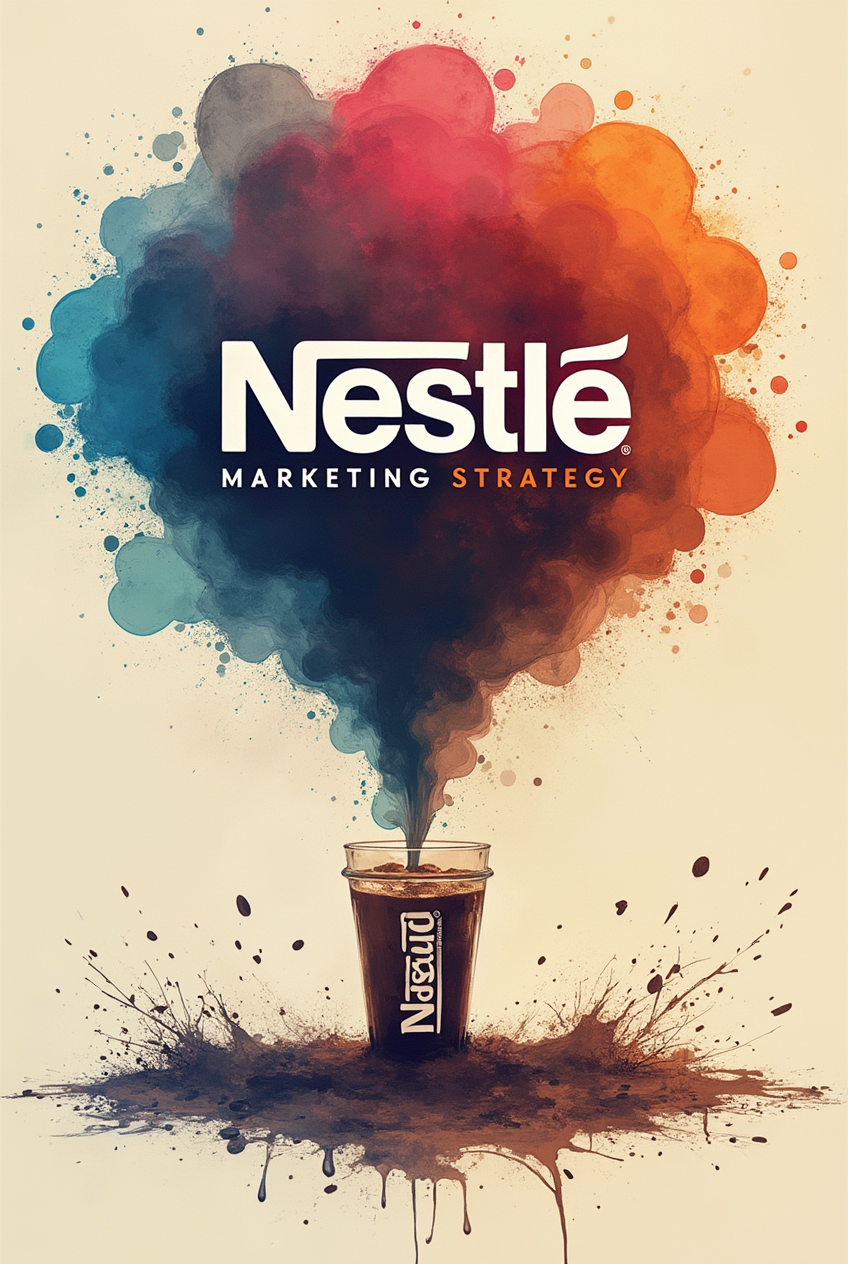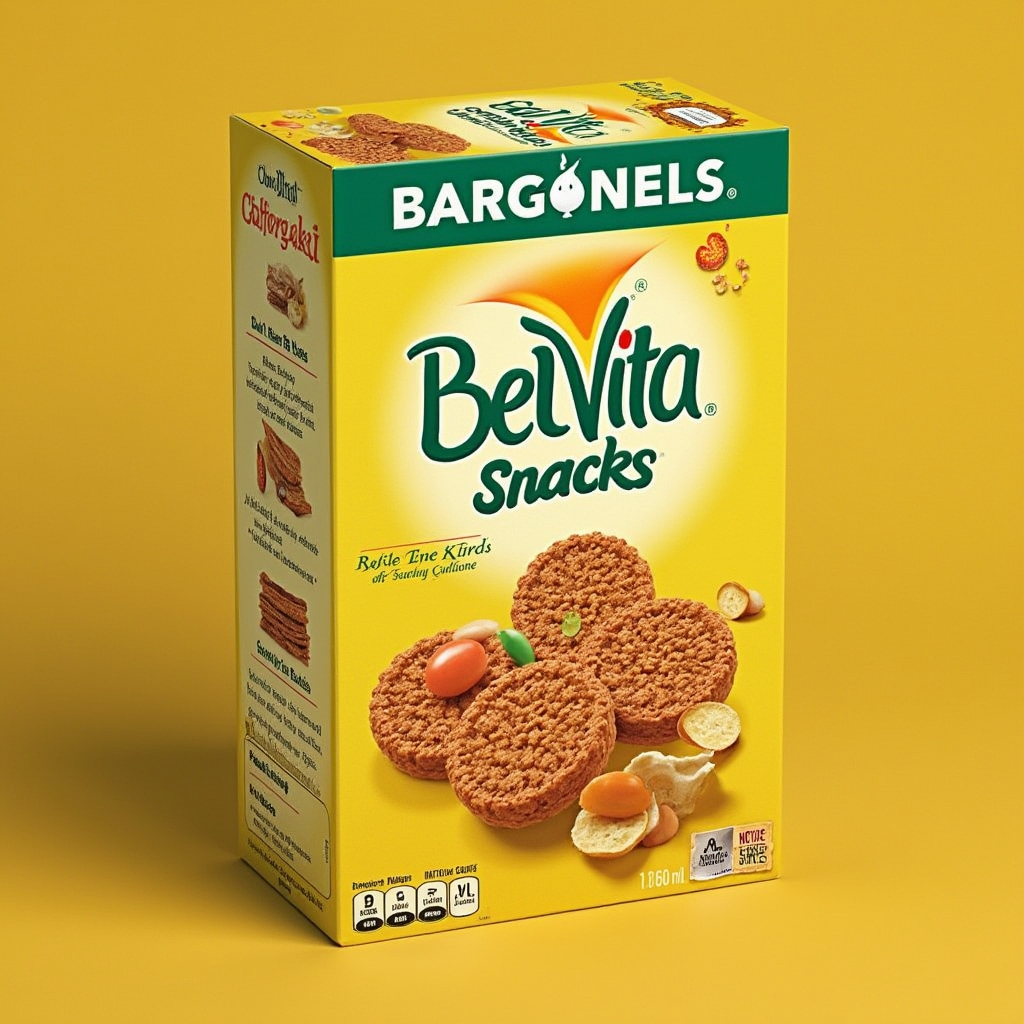Introduction to Effective Marketing Mix Strategies
The marketing mix, also known as the 4Ps (Product, Price, Place, and Promotion), is a foundational model in marketing. Crafting an effective marketing mix strategy involves creating a balanced approach that meets customer needs, positions the brand competitively, and achieves business objectives. This article explores several case studies of companies that have successfully implemented marketing mix strategies to gain a competitive edge.
Case Study 1: Apple Inc.
Product: Innovation and Quality
Apple is renowned for its innovative products and high-quality standards. The company’s product strategy focuses on developing cutting-edge technology with sleek design and user-friendly interfaces. Products like the iPhone, iPad, and MacBook have set industry benchmarks.
- Design and Innovation: Apple invests heavily in research and development to introduce new features and improve existing ones. The seamless integration of hardware and software creates a unique user experience.
- Quality: Apple maintains strict quality control throughout its production process to ensure reliability and performance.
- Branding: Apple’s branding emphasizes simplicity, elegance, and premium quality, which resonates with its target audience.
Price: Premium Pricing Strategy
Apple uses a premium pricing strategy, setting high prices to reflect the value and quality of its products. This approach enhances brand perception and targets consumers willing to pay a premium for superior technology and design.
- Value-Based Pricing: Apple prices its products based on perceived value rather than production costs.
- Price Skimming: New products are launched at high prices to maximize early profits before gradually reducing prices to attract more price-sensitive customers.
Place: Selective Distribution
Apple employs a selective distribution strategy to maintain control over the customer experience and uphold its brand image.
- Apple Stores: Exclusive Apple Stores offer a unique shopping experience with knowledgeable staff and hands-on product demos.
- Online Store: Apple’s online store provides a convenient and direct purchasing channel.
- Authorized Retailers: Apple partners with select retailers to extend its reach while maintaining brand standards.
Promotion: Integrated Marketing Communications
Apple’s promotion strategy involves a mix of traditional and digital channels to create a cohesive brand message.
- Advertising: High-impact TV commercials, online ads, and print campaigns highlight product features and benefits.
- Public Relations: Product launches and keynote events generate significant media coverage and buzz.
- Social Media: Apple leverages social media platforms to engage with customers and share content.
Results
Apple’s effective marketing mix strategy has solidified its position as a market leader in technology. The company’s ability to innovate, maintain high-quality standards, and create a strong brand identity has resulted in a loyal customer base and sustained profitability.
Case Study 2: Starbucks
Product: Customization and Consistency
Starbucks’ product strategy focuses on offering high-quality coffee and a customizable customer experience.
- Quality Ingredients: Starbucks sources premium coffee beans and uses high-quality ingredients in its beverages.
- Customization: Customers can personalize their drinks, enhancing the overall experience and satisfaction.
- Consistency: Starbucks ensures consistent taste and quality across all its locations worldwide.
Price: Value-Based Pricing
Starbucks uses a value-based pricing strategy, reflecting the premium quality and unique customer experience.
- Premium Pricing: Prices are set higher than average coffee shops to emphasize quality and exclusivity.
- Price Segmentation: Different pricing tiers for various product lines, such as Reserve coffees, cater to different customer segments.
Place: Strategic Location and Ambiance
Starbucks places a strong emphasis on location and store ambiance to attract and retain customers.
- Prime Locations: Stores are strategically located in high-traffic areas like city centers, malls, and airports.
- Store Design: Cozy and inviting store designs create a welcoming environment for customers to relax and socialize.
- Global Presence: Starbucks has a significant international footprint, ensuring brand accessibility worldwide.
Promotion: Community Engagement and Loyalty Programs
Starbucks’ promotion strategy focuses on building community engagement and customer loyalty.
- Social Media: Active social media presence to engage with customers and promote new products.
- Loyalty Program: The Starbucks Rewards program incentivizes repeat purchases and enhances customer retention.
- Cause Marketing: Starbucks supports social causes and community initiatives, building a positive brand image.
Results
Starbucks’ effective marketing mix strategy has made it one of the world’s leading coffeehouse chains. The company’s focus on quality, customization, and customer experience, combined with strategic pricing and promotion, has driven strong brand loyalty and global expansion.
Case Study 3: Coca-Cola
Product: Iconic Brand and Diverse Portfolio
Coca-Cola’s product strategy centers on maintaining its iconic brand while diversifying its product portfolio.
- Iconic Brand: Coca-Cola is synonymous with refreshment and happiness, with a brand identity that has remained strong for over a century.
- Product Variety: A wide range of beverages, including sodas, juices, teas, and energy drinks, caters to diverse consumer preferences.
- Innovation: Continuous product innovation and limited-edition flavors keep the brand fresh and relevant.
Price: Competitive Pricing Strategy
Coca-Cola uses a competitive pricing strategy to maintain market leadership and attract a broad consumer base.
- Penetration Pricing: Competitive pricing to maximize market share and ensure affordability.
- Promotional Pricing: Discounts, bundling, and special offers to drive sales and attract new customers.
Place: Extensive Distribution Network
Coca-Cola’s place strategy leverages an extensive distribution network to ensure product availability worldwide.
- Global Reach: Coca-Cola products are available in over 200 countries, supported by a robust supply chain.
- Retail Partnerships: Strong relationships with retailers, restaurants, and vending machine operators ensure widespread availability.
- Direct-to-Consumer: Coca-Cola has embraced e-commerce and direct-to-consumer channels to adapt to changing consumer behaviors.
Promotion: Global Campaigns and Local Adaptation
Coca-Cola’s promotion strategy combines global campaigns with local adaptations to resonate with diverse audiences.
- Global Campaigns: Iconic advertising campaigns like “Share a Coke” and “Taste the Feeling” create a strong, unified brand message.
- Local Adaptation: Tailored marketing efforts to reflect local cultures, traditions, and preferences.
- Sponsorship and Events: Sponsorship of major events, such as the Olympics and FIFA World Cup, enhances brand visibility and engagement.
Results
Coca-Cola’s effective marketing mix strategy has cemented its status as a global beverage leader. The company’s ability to maintain brand consistency while innovating and adapting to local markets has driven widespread brand recognition and customer loyalty.
Conclusion
These case studies highlight the importance of a well-crafted marketing mix strategy in achieving business success. By focusing on product innovation and quality, strategic pricing, effective distribution, and integrated promotion, companies like Apple, Starbucks, and Coca-Cola have successfully navigated competitive markets and built strong, enduring brands. Adopting and adapting these strategies to your own business can help you create a balanced and effective marketing mix that meets customer needs, differentiates your brand, and drives growth.










